Texas gardeners, rejoice! You don’t have to spend your weekends babying delicate plants to enjoy a thriving landscape.
These 18 Texas-friendly perennials thrive with minimal care, shrugging off heat, drought, and even a bit of neglect.
Whether you’re in the humid east, dry west, or the Hill Country in between, there’s something here for your yard.
Get ready to meet the toughest, most beautiful perennials that will keep your garden vibrant year after year.
1. Autumn Sage (Salvia greggii)
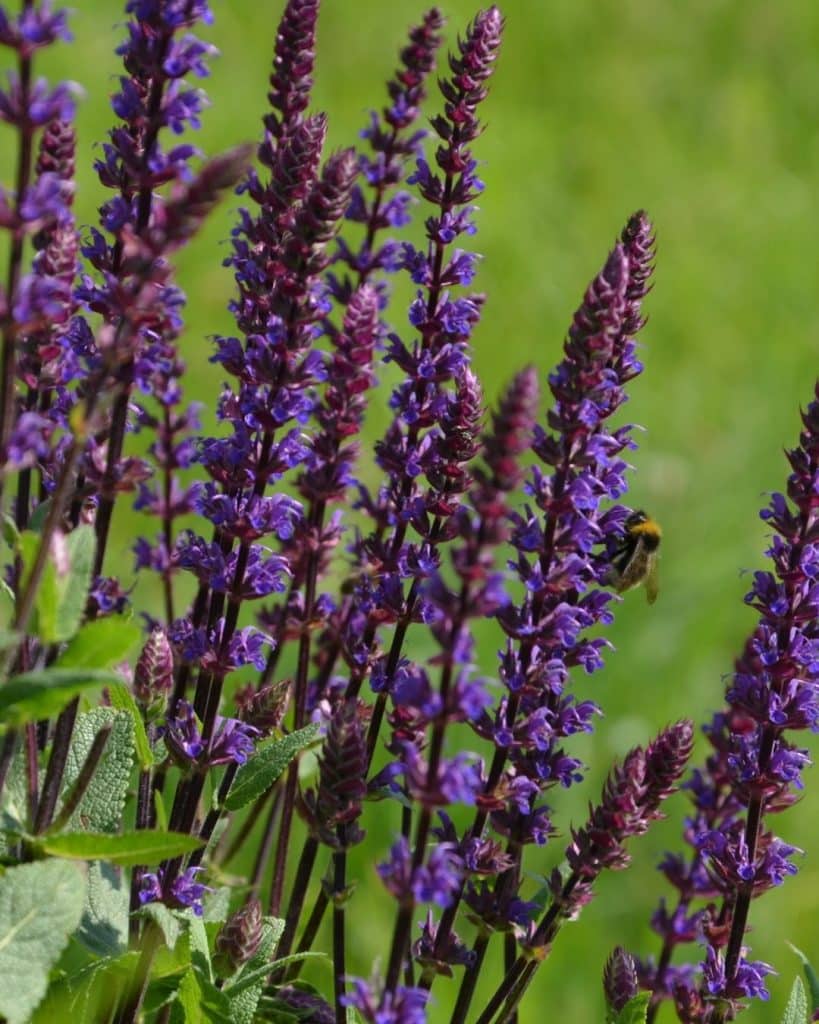
- Native to Texas, especially the Hill Country
- Blooms from spring through fall with red, pink, or coral flowers.
- Attracts hummingbirds and butterflies.
Autumn sage is a true Texas native, perfectly adapted to hot, dry conditions.
Its small, aromatic leaves and constant blooms make it a favorite for wildlife gardens, and it handles rocky soils like a champ.
Give it full sun and watch it thrive with little water or fuss.
2. Blackfoot Daisy (Melampodium leucanthum)
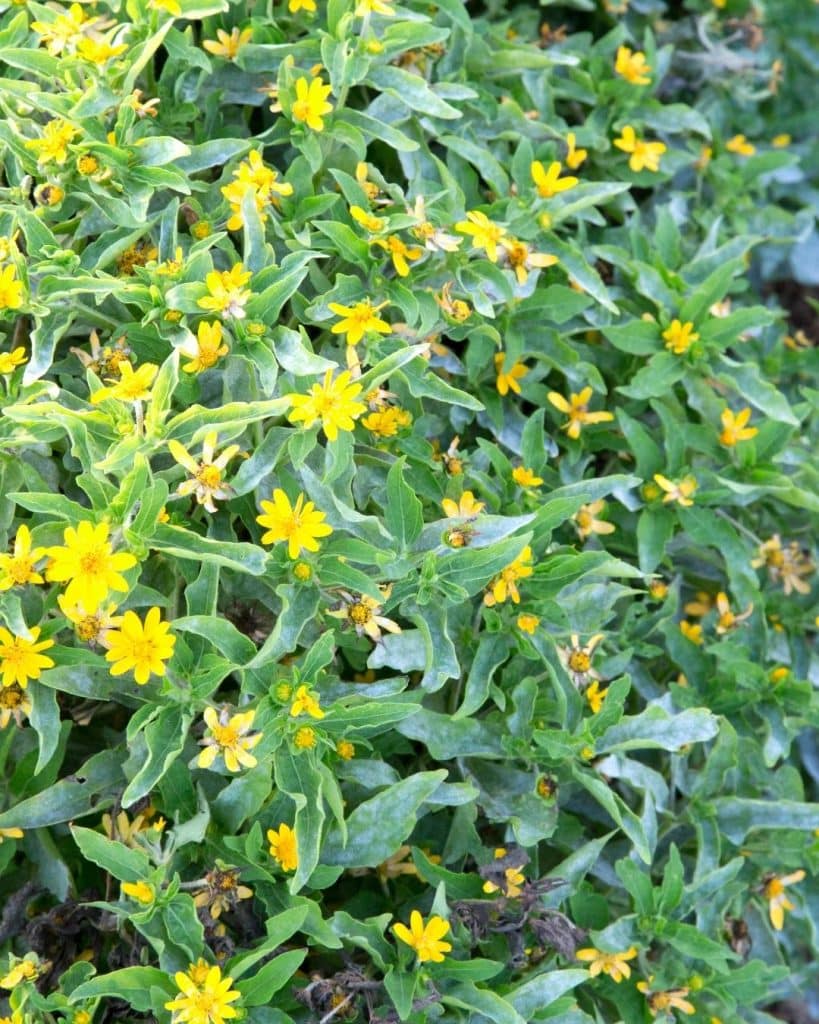
- Native to Central and West Texas.
- Small, daisy-like yellow flowers with yellow centers.
- Highly drought-tolerant and loves full sun.
If you want a tough groundcover that blooms its heart out, Blackfoot daisy is your friend.
It handles poor soil, full sun, and heat without blinking, and its delicate-looking flowers brighten up any dry garden bed.
Just avoid heavy clay, and it’ll reward you for years.
3. Turk’s Cap (Malvaviscus arboreus var. drummondii)
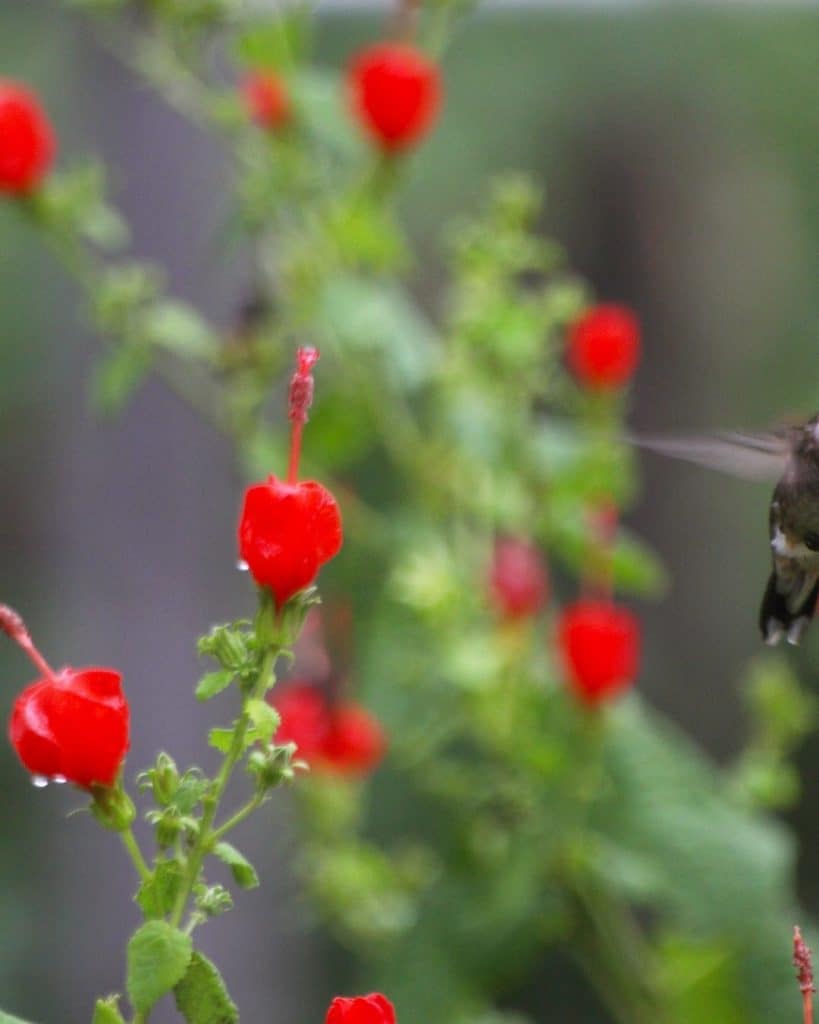
- Best in East and Central Texas.
- Shade-tolerant with bright red, hibiscus-like flowers.
- Beloved by hummingbirds and butterflies.
Need a low-maintenance plant for a shady spot? Turk’s cap thrives where others struggle.
It’s great under trees or on the north side of buildings, blooming through the heat of summer.
You can even cut it back hard in winter—it always comes roaring back.
4. Purple Coneflower (Echinacea purpurea)
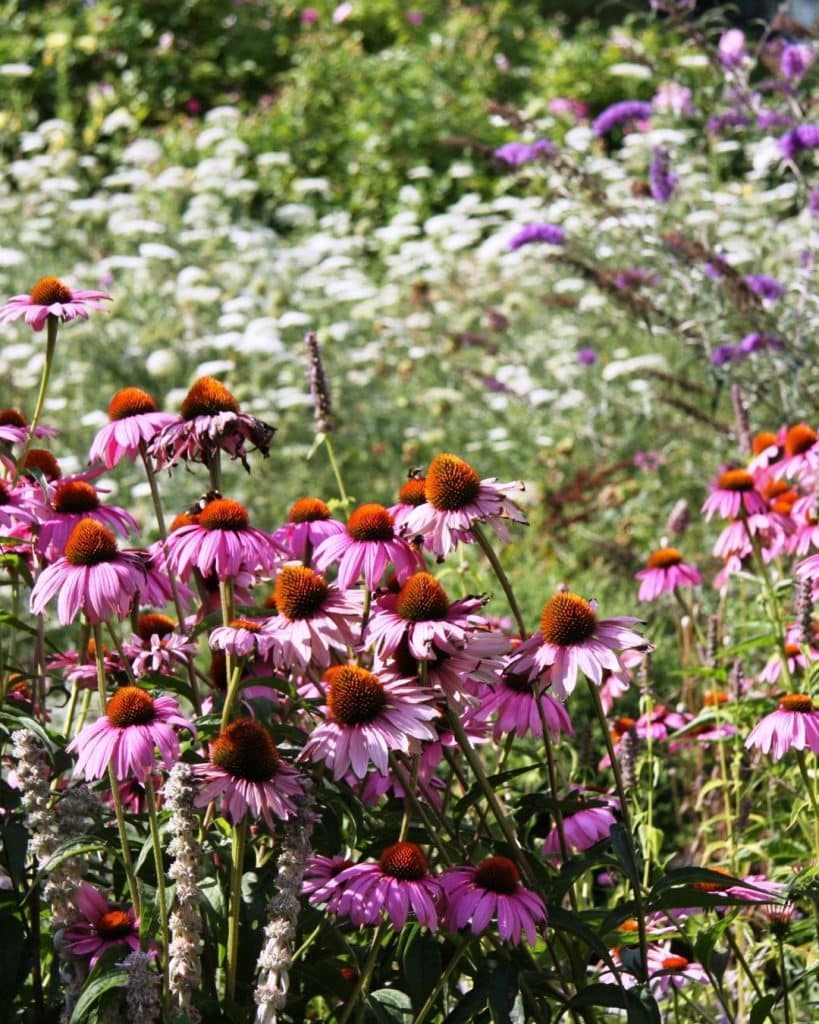
- Thrives across most of Texas except extreme west.
- Iconic pink-purple blooms with a spiky orange cone.
- Pollinator magnet and tough once established.
Beloved by gardeners and wildlife alike, purple coneflower brings big color with little effort.
Give it sun and well-drained soil, and it will keep blooming through summer heat.
Plus, the seed heads look lovely even after flowering, adding texture to winter gardens.
5. Gulf Coast Muhly (Muhlenbergia capillaris)
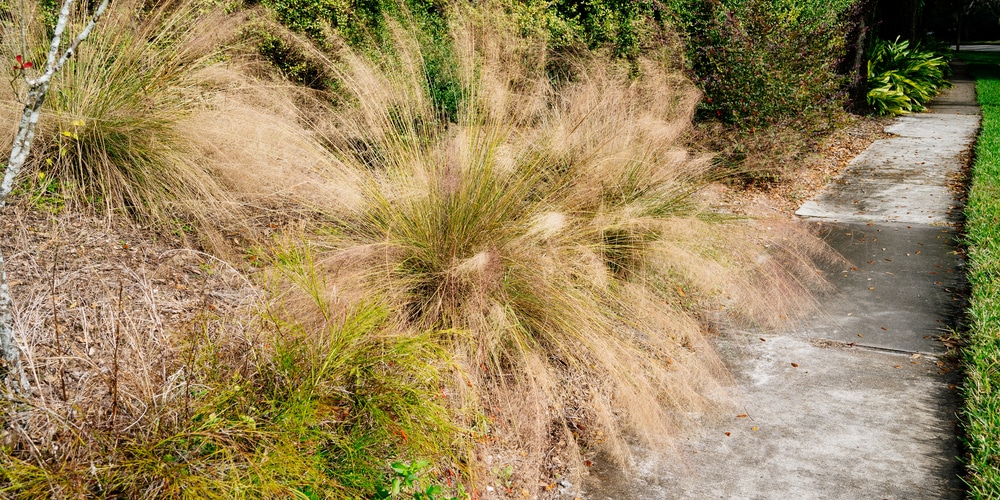
- Great for East and Southeast Texas.
- Clouds of pink flowers in fall.
- Handles drought and poor soil like a champ.
Nothing beats the cotton-candy look of Gulf Coast muhly in bloom. This ornamental grass thrives in sun or light shade and is ultra-tough once established.
Plant it en masse for maximum wow factor, or tuck a few into a border for soft movement.
6. Mexican Feathergrass (Nassella tenuissima)
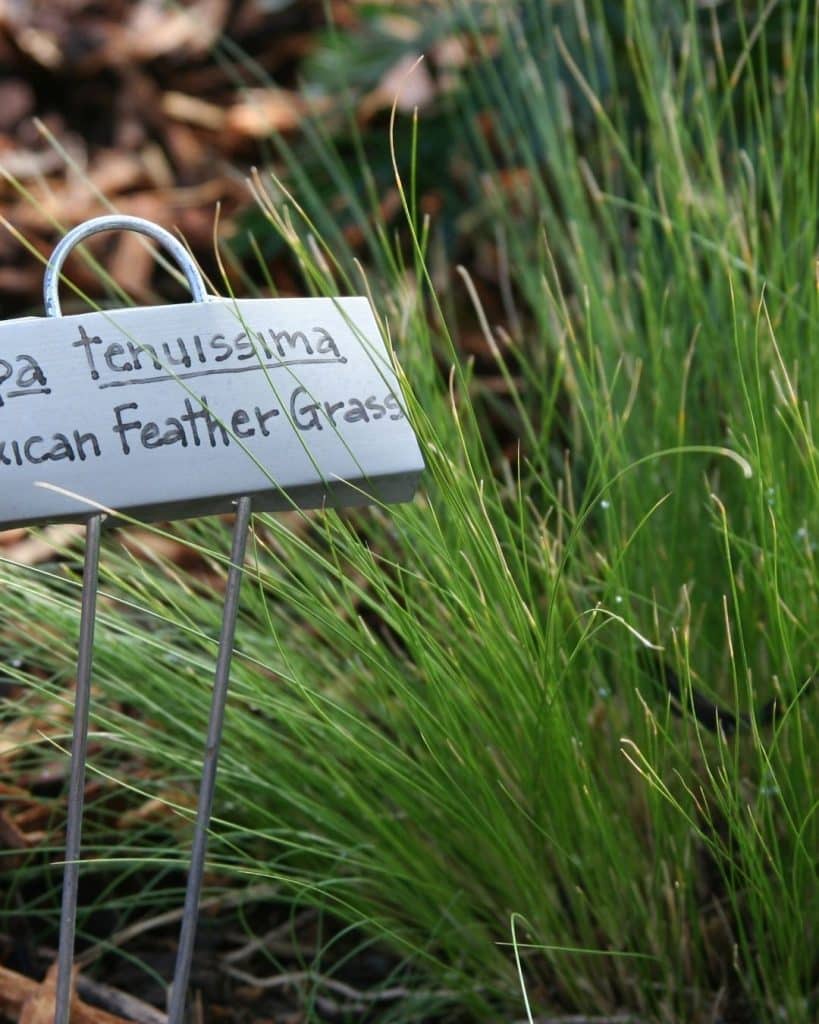
- Ideal for Central and West Texas.
- Graceful, fine-textured grass with a delicate movement.
- Thrives on neglect and poor soil.
This ornamental grass brings elegance to dry landscapes.
Mexican feathergrass waves gracefully in the wind and needs almost no attention once established.
It’s perfect for xeriscaping and looks stunning massed or as a soft border accent.
7. Damianita (Chrysactinia Mexicana)
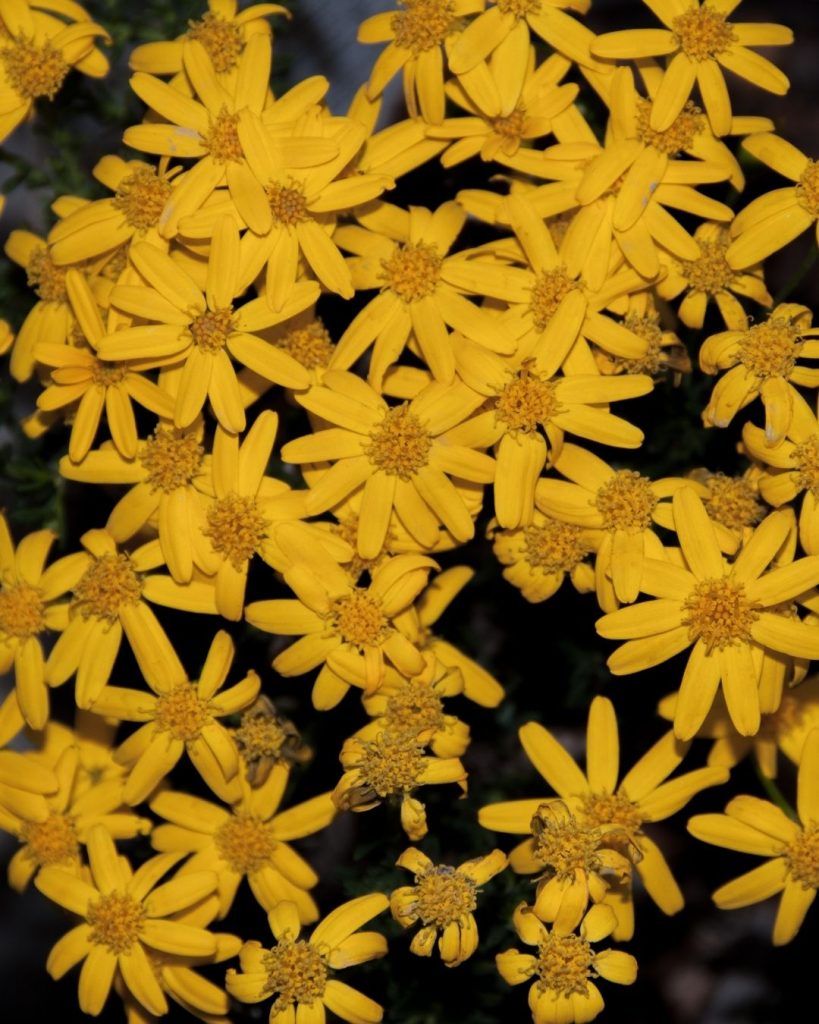
- Perfect for West and Central Texas.
- Golden-yellow daisy-like blooms.
- Incredibly heat- and drought-tolerant.
Looking for a sun-loving, aromatic groundcover? Damianita delivers vibrant color and tough-as-nails performance.
It thrives in rocky, dry soils and handles full sun with ease. Plus, it attracts pollinators while keeping your maintenance chores light.
8. Coral Honeysuckle (Lonicera sempervirens)
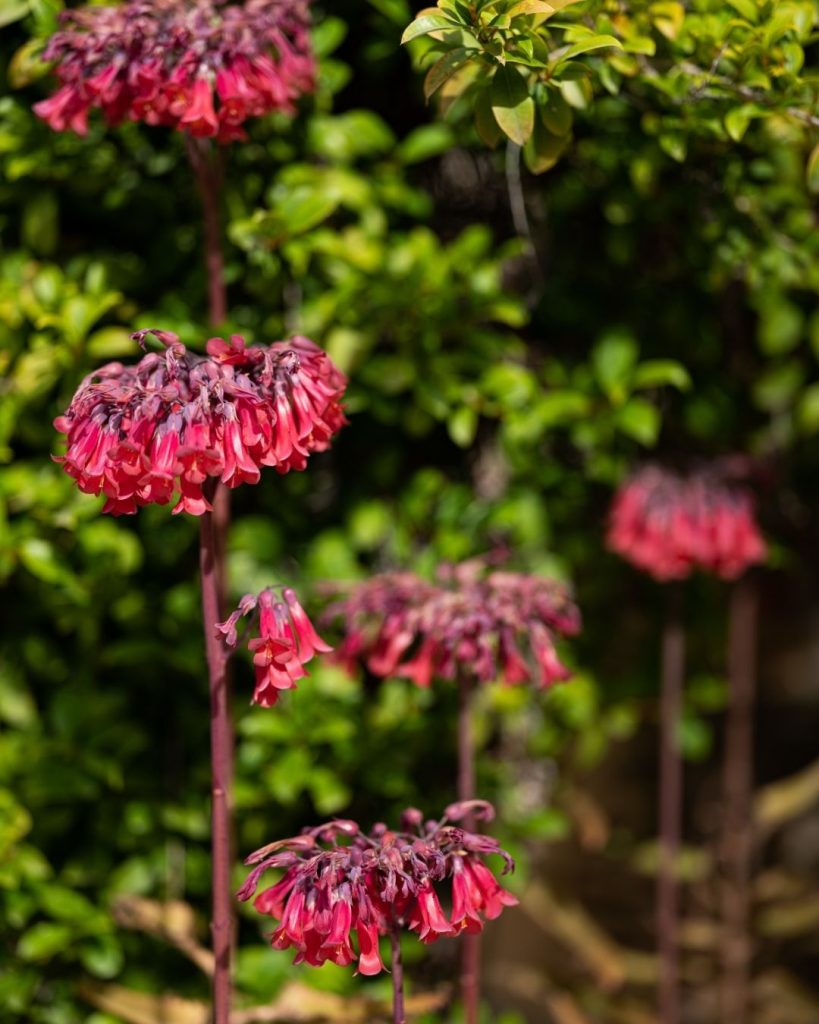
- Great for East Texas and shaded gardens statewide.
- Trumpet-shaped coral-red flowers loved by hummingbirds.
- Low maintenance and non-invasive.
Unlike aggressive Japanese honeysuckle (one of the worst invasive species in the US), coral honeysuckle is a Texas-friendly native vine that’s easygoing and well-behaved.
It thrives on fences, trellises, or arbors, filling your garden with color and attracting pollinators without needing constant attention.
9. Rock Rose (Pavonia lasiopetala)
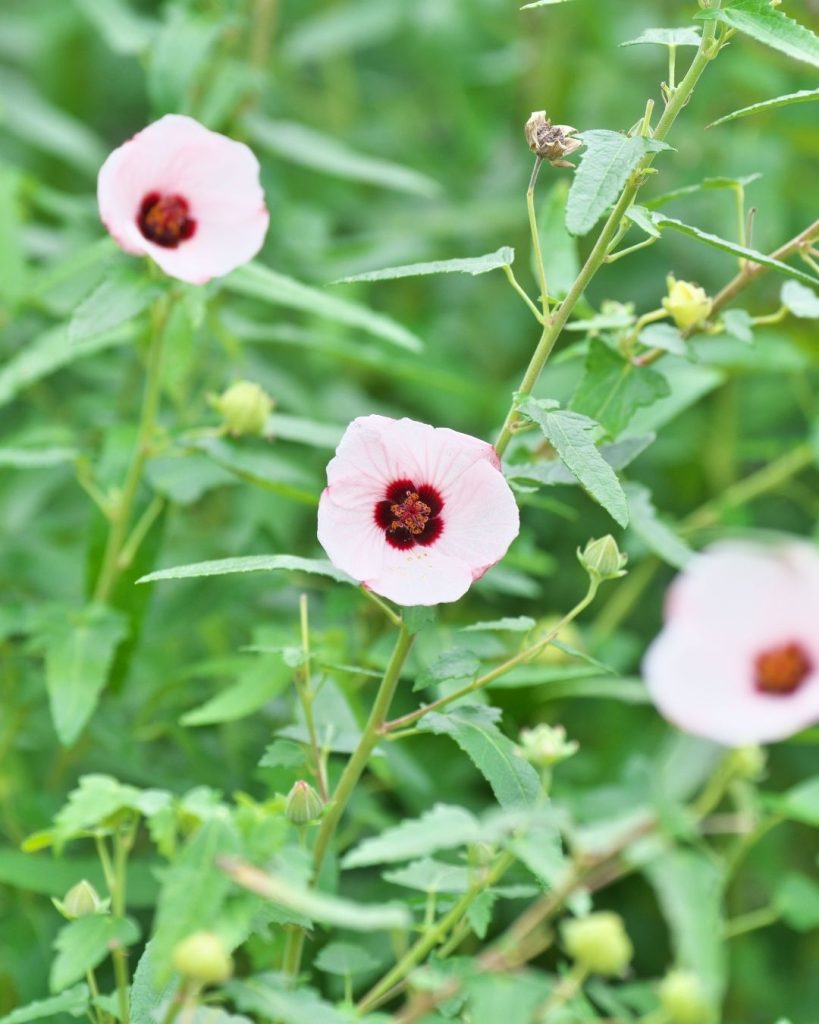
- Best for Central and West Texas.
- Bright pink hibiscus-like flowers.
- Heat-tolerant and blooms from spring to frost.
Rock rose is a little powerhouse of color. With its shrubby form and profuse pink blooms, it lights up dry, sunny spots.
This Texas native loves heat and handles poor soil, bouncing back quickly even after hard pruning or drought stress.
10. Texas Lantana (Lantana urticoides)
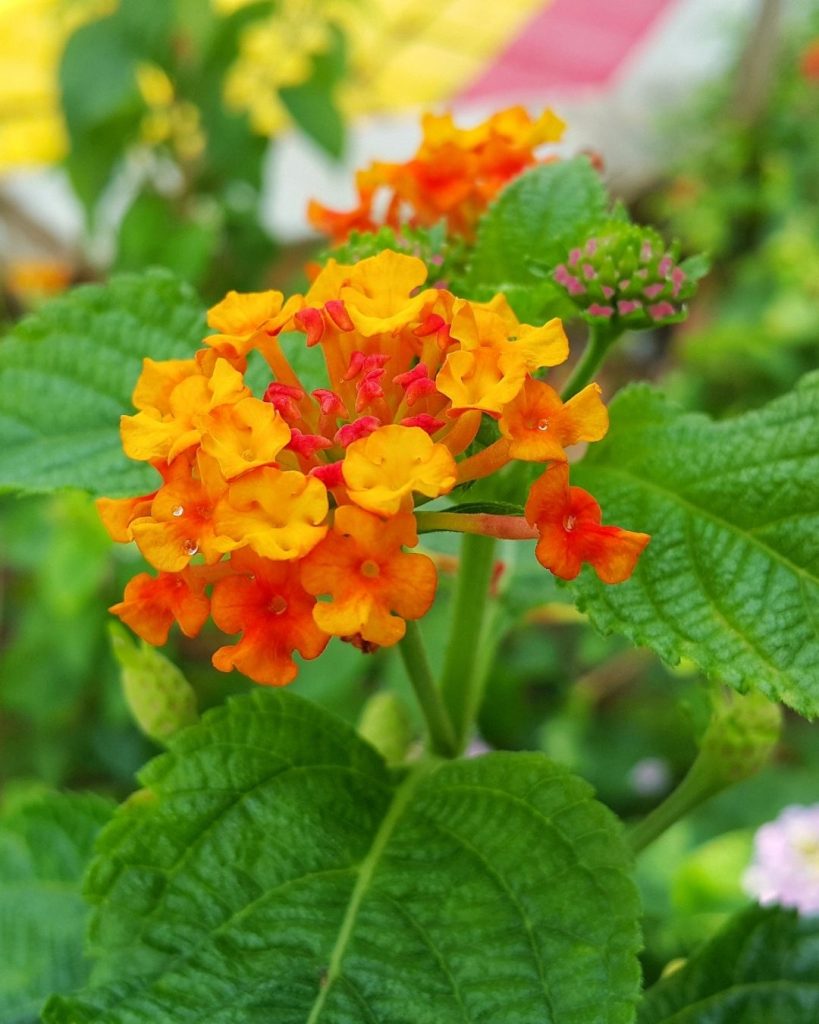
- Native to Central and South Texas.
- Clusters of orange, yellow, and red flowers.
- Handles extreme heat, drought, and rocky soil.
Texas lantana is a true survivor, thriving in blazing sun where other plants wither.
Its bright blooms attract butterflies and resist browsing by deer.
Once established, it practically takes care of itself, blooming all summer long without much water or fertilizer.
11. Winecup (Callirhoe involucrata)
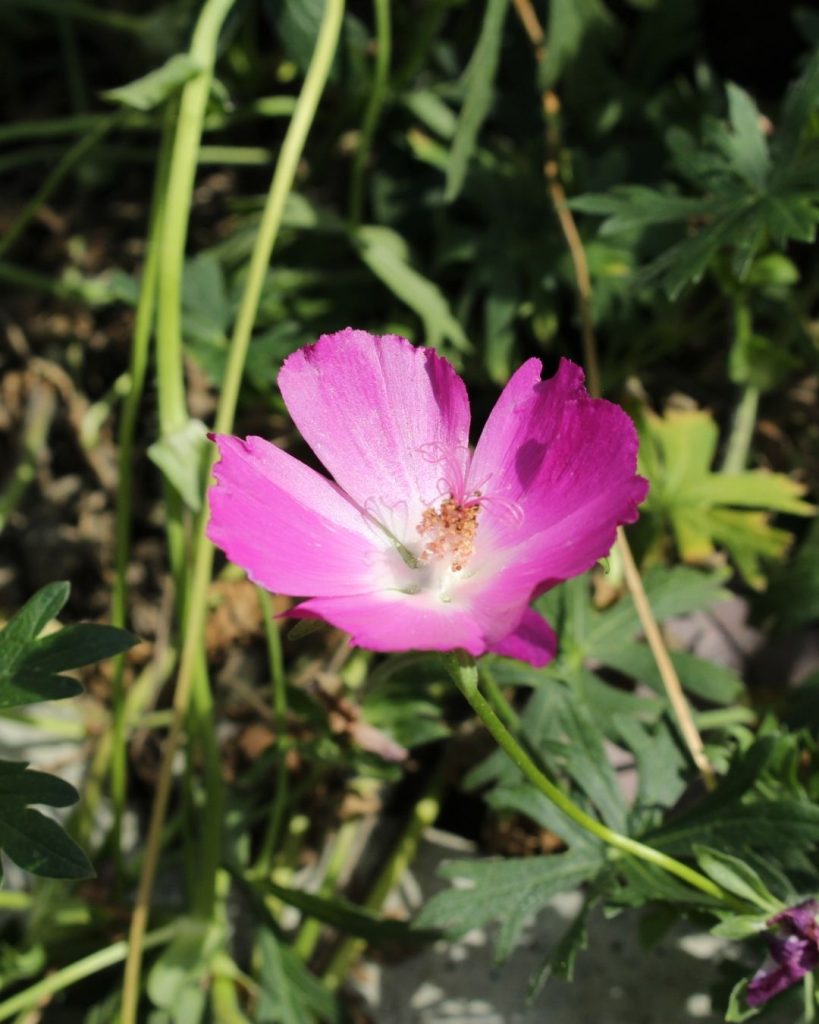
- Great across Central and North Texas.
- Trailing groundcover with magenta, cup-shaped blooms.
- Handles drought and poor soil with ease.
The Winecup is a sprawling, cheerful groundcover that spills over borders and rock walls. Its vibrant magenta flowers open in the morning sun and close by afternoon.
Once established, it needs little water and no fuss, thriving in full sun and rocky soils.
12. Gregg’s Mistflower (Conoclinium greggii)
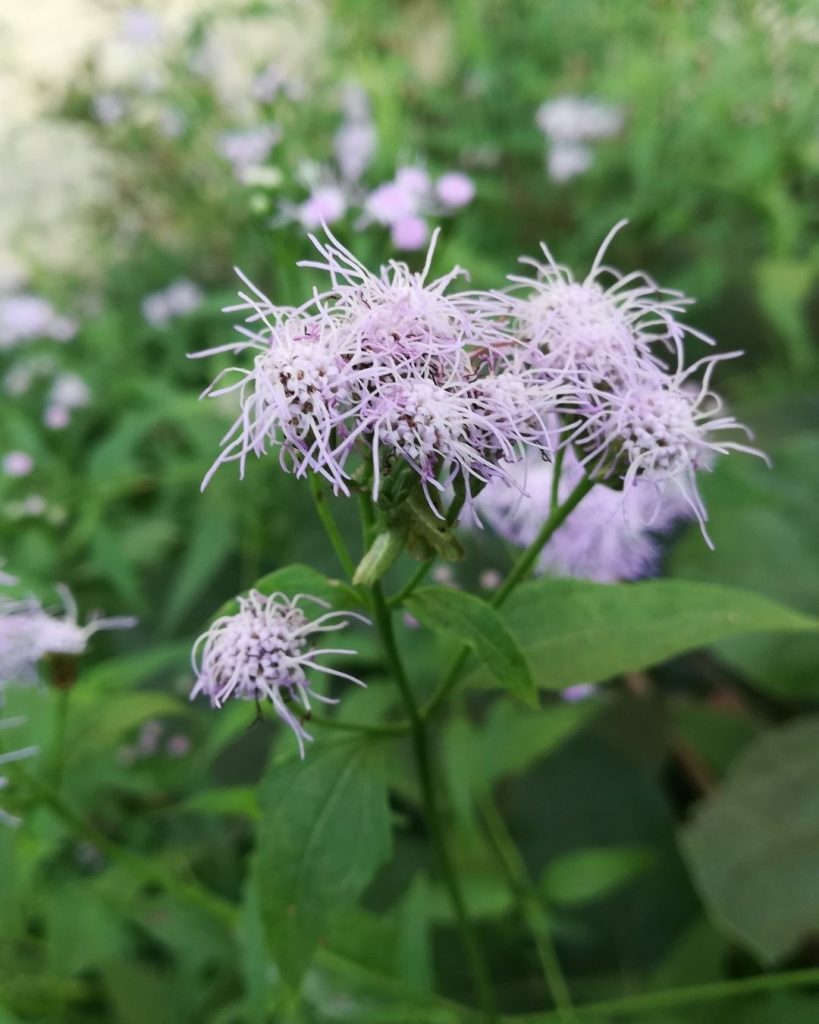
- Best in Central and South Texas.
- Soft blue-purple flowers that butterflies adore.
- Tolerates heat, sun, and drought once settled.
If you want a butterfly magnet, Gregg’s mistflower is a must. It carpets garden beds with soft, misty blooms that Monarchs and Queens can’t resist.
It spreads steadily but isn’t aggressive and thrives with minimal care in sunny, dry spots.
13. Gaura (Gaura lindheimeri)
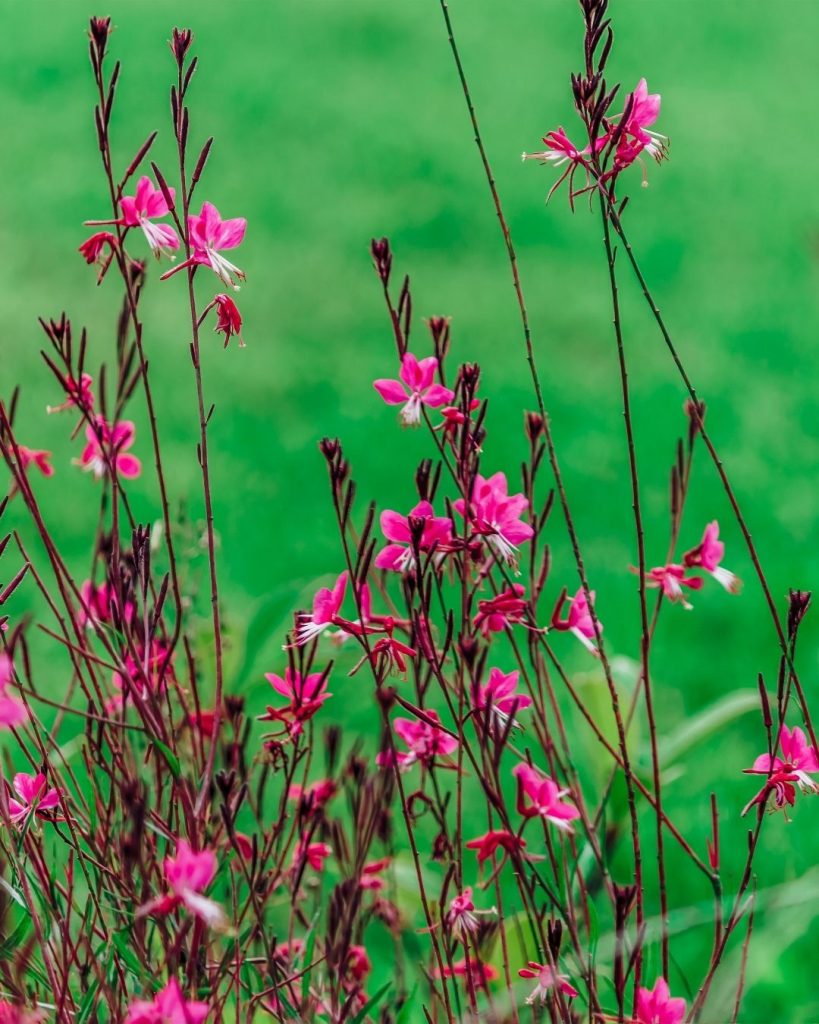
- Thrives across most of Texas.
- Airy sprays of pink or white butterfly-like flowers.
- Extremely drought- and heat-tolerant.
Gaura adds a delicate, dancing effect to garden beds, its flowers bobbing gracefully in the breeze.
Despite its dainty appearance, it’s one of the toughest perennials you can grow, shrugging off drought and poor soil without complaint.
14. Mexican Bush Sage (Salvia leucantha)
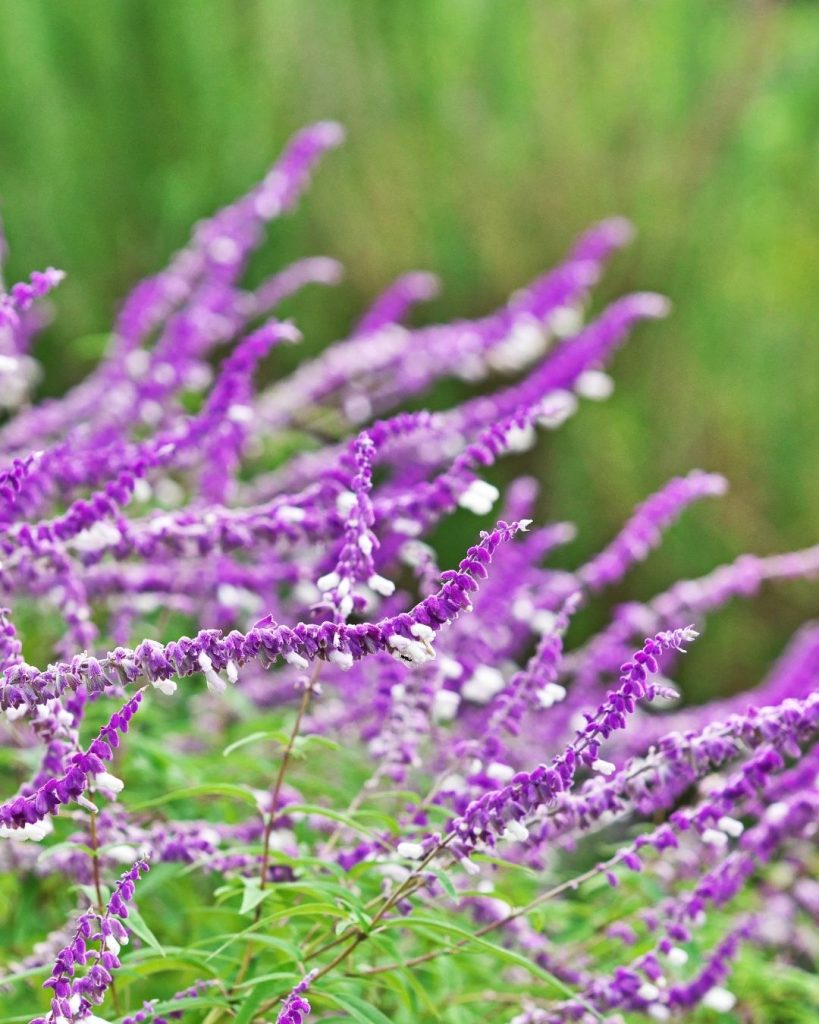
- Best in Central and South Texas.
- Velvety purple-and-white flower spikes in fall.
- Drought-tolerant and deer-resistant.
Mexican bush sage puts on a late-season show when many plants are fading.
Its tall, arching stems are covered in velvety blooms that attract bees, butterflies, and hummingbirds.
It’s incredibly easy to grow and thrives on neglect in sunny, well-drained spots.
15. Texas Star Hibiscus (Hibiscus coccineus)
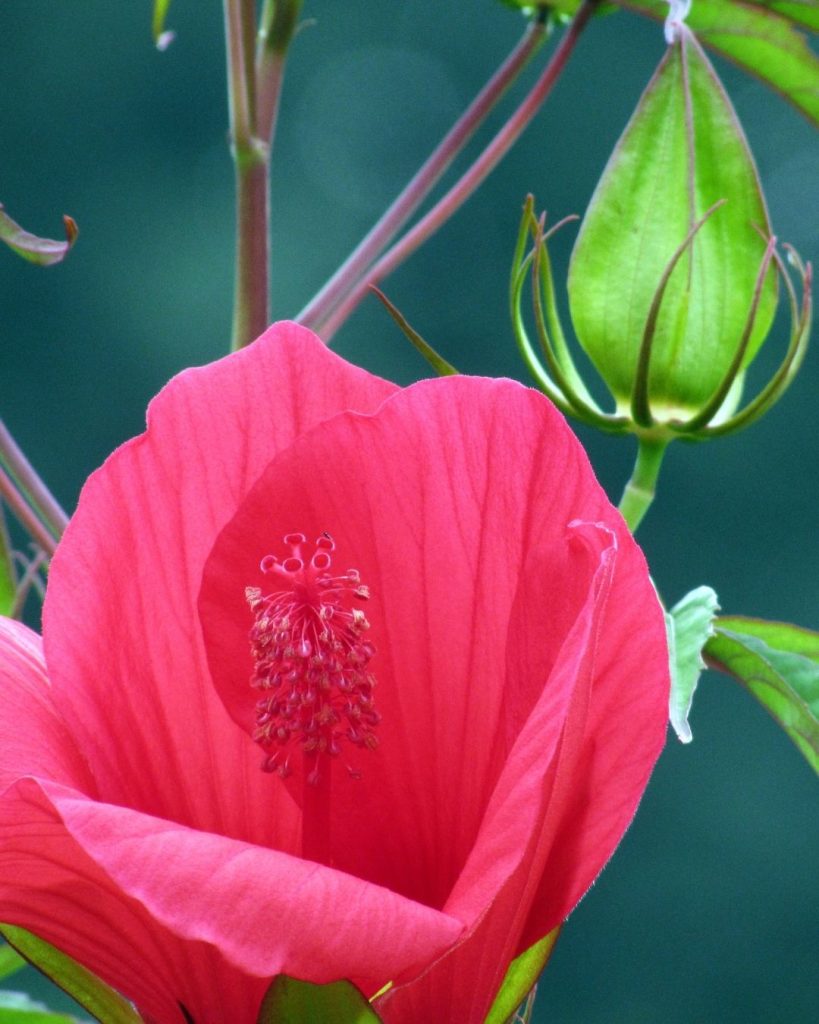
- Best in East Texas and moist areas.
- Large, brilliant red star-shaped flowers.
- Handles wet soils and heat with ease.
If you have a spot that stays moist or even boggy, Texas star hibiscus is a stunning choice.
Its striking red flowers light up the landscape from summer into fall, and despite its showy looks, it asks for very little beyond sun and occasional water.
16. Red Yucca (Hesperaloe parviflora)
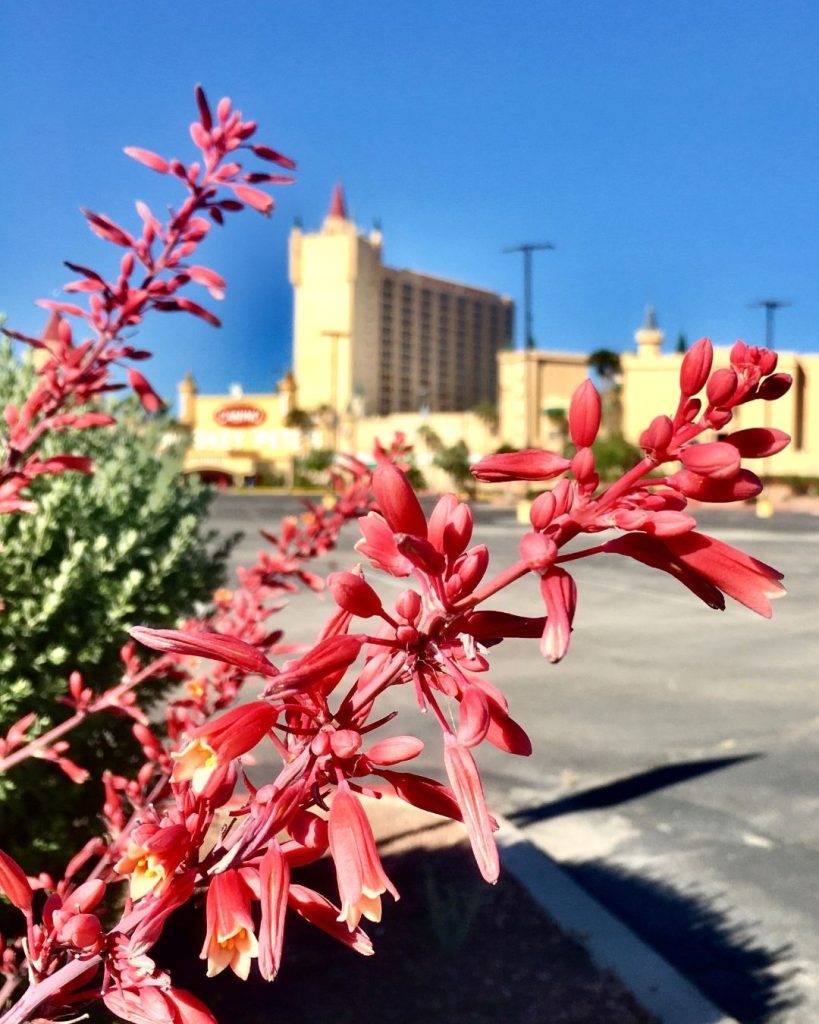
- Ideal for Central and West Texas.
- Spiky foliage with tall stalks of coral-red flowers.
- Ultra-drought-tolerant and deer-resistant.
Red yucca is a superstar in xeriscapes, thriving in full sun and rocky, dry soils.
Its coral blooms rise high above the spiky foliage, drawing in hummingbirds all season.
With no need for watering or fertilizing, it’s as tough as they come.
17. Prairie Verbena (Glandularia bipinnatifida)
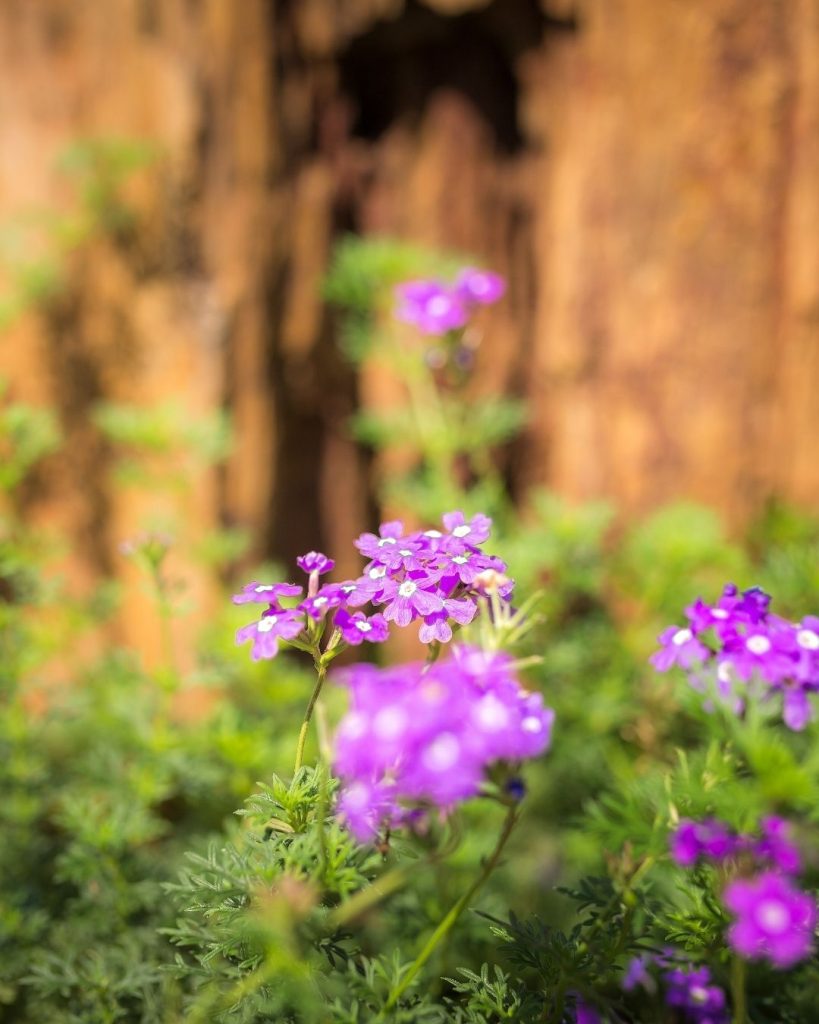
- Native to much of Texas, especially the plains.
- Clusters of lavender or purple blooms.
- Thrives in dry, sunny conditions.
Prairie verbena is a bright and cheerful groundcover that brings a splash of color to tough, dry sites.
It blooms most heavily in spring but often keeps flowering into summer and fall. Best of all, it thrives on neglect and natural rainfall.
18. Engelmann’s Daisy (Engelmannia peristenia)
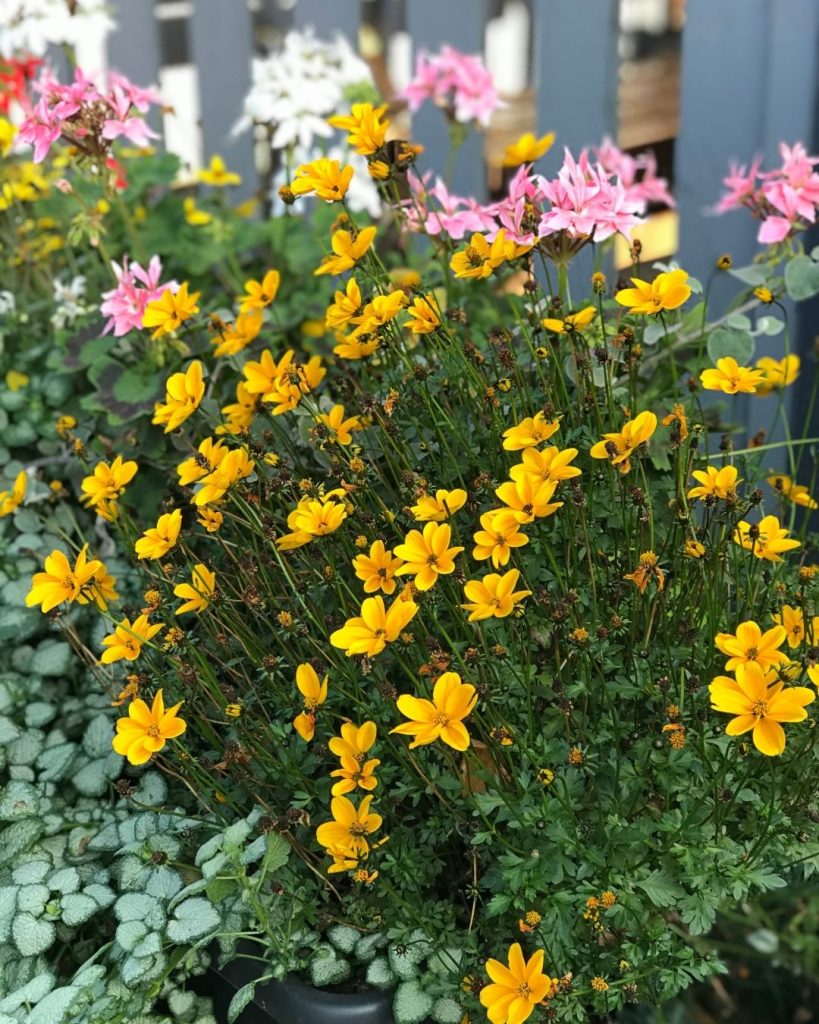
- Native to Central and North Texas.
- Bright yellow daisy-like flowers.
- Heat- and drought-tolerant, perfect for wildflower gardens.
Engelmann’s daisy is a cheerful, tough native that lights up prairies, roadsides, and gardens alike.
Once established, it thrives on natural rainfall, needs no extra watering, and reseeds itself lightly for easy, low-care beauty year after year.
Thank you so much for reading. We hope all of your gardening endeavors are home runs!